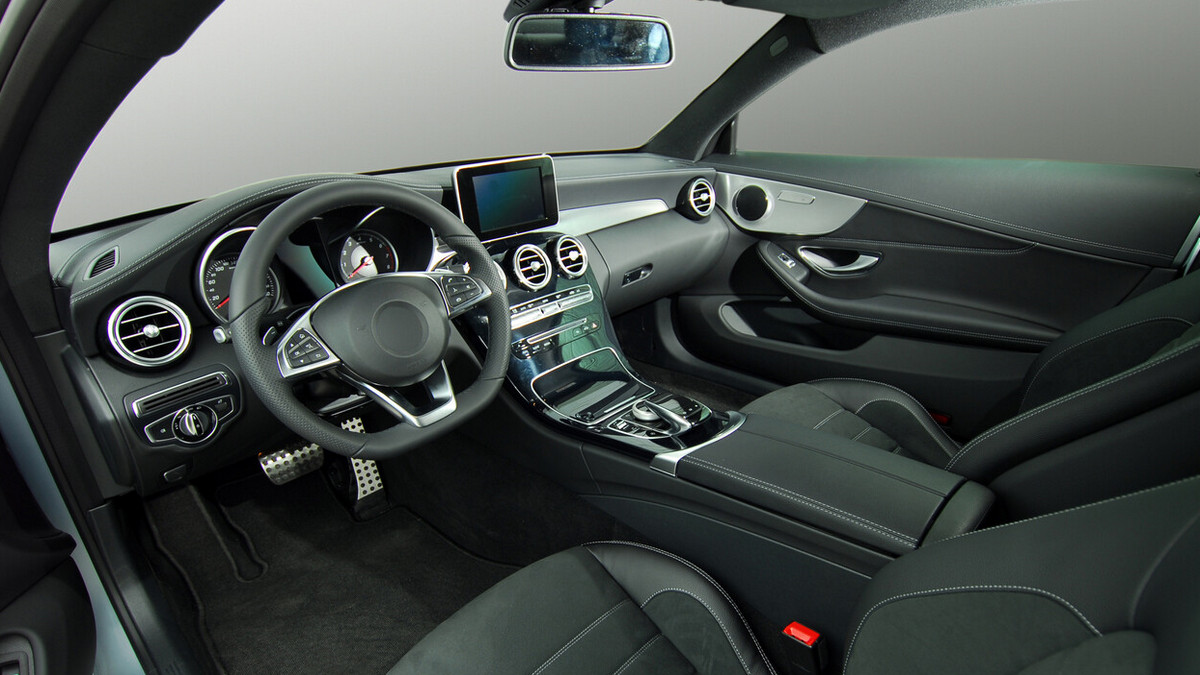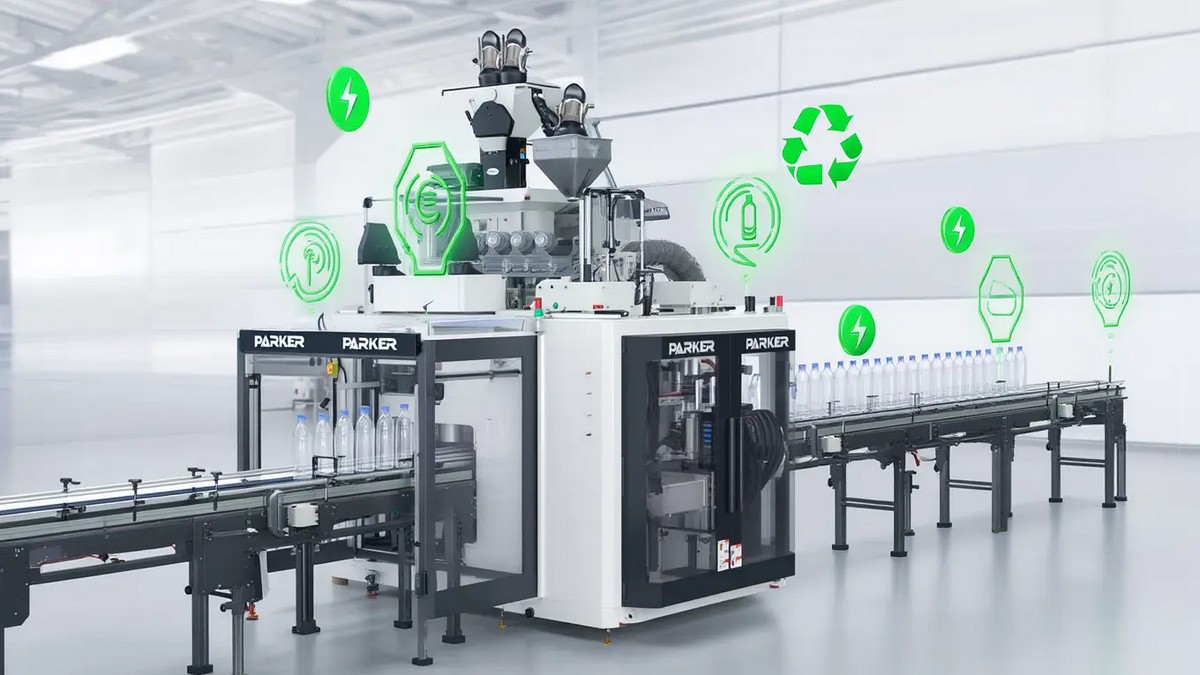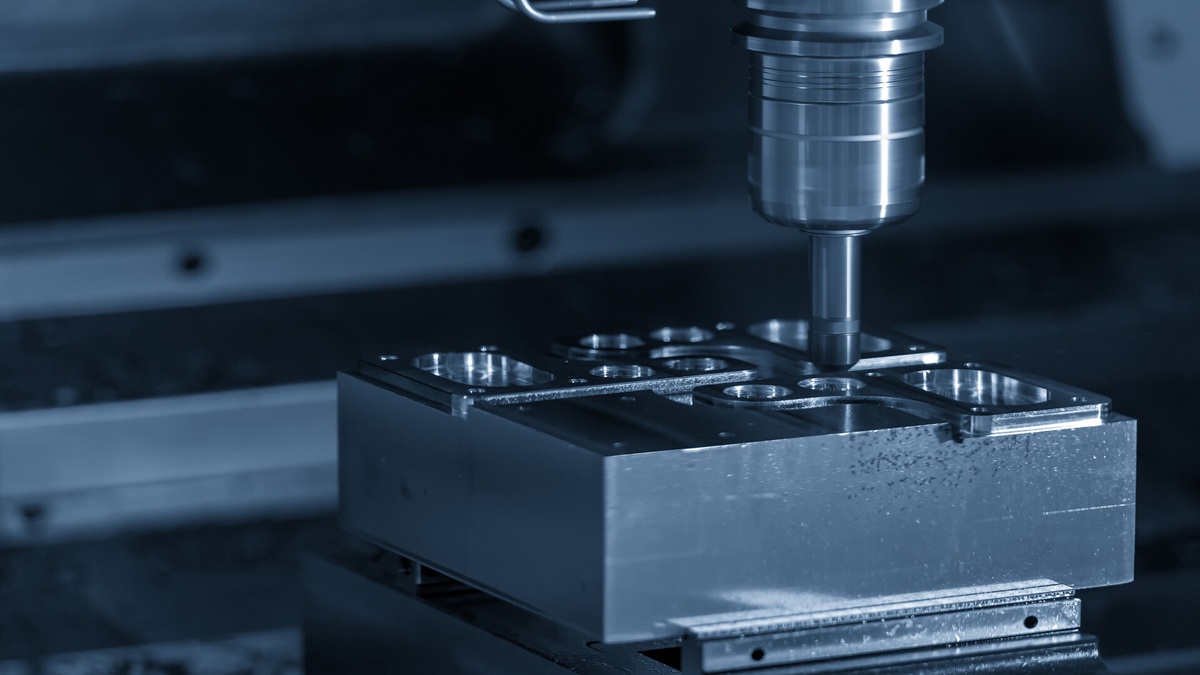The wave of electric vehicles has allowed the commercialization of self-driving technology, and has more room for imagination. However, the director of Berkeley's DeepDrive artificial intelligence and automatic system research center, believes that we must first accept the imperfection of technology.
Electric Vehicles Drive the Trend of Self-Driving Cars, And the L2 Level Is Expected to Grow By 10% Per Year
Driven by the boom in electric vehicles, self-driving technology has received more attention than in the past. The director of Berkeley's DeepDrive artificial intelligence autonomous systems research center, explained that the two are completely different technologies that do not need to be combined and can be operated.
One of the reasons why automakers have accelerated their investment in self-driving technology research and development is because Tesla has combined electric vehicles with self-driving technology, which has set an industry benchmark to some extent. Vehicle safety and comfort, it is afraid to be difficult to compete.
Another reason is that after the world's major countries have successively promulgated the "ban on the sale of fuel vehicles", it is almost certain that electric vehicles will gradually become mainstream, and the latest technologies such as self-driving technology will naturally be integrated into electric vehicles.
So, what benefits and changes can self-driving technology bring to human life?
According to the Society of Automotive Engineers (SAE) standards, autonomous driving is divided into levels 0 to 5. Level 0 has no automation, Level 1 is driving assistance, Level 2 is partially automatic, and Level 0-2 requires human monitoring of the driving environment. As for Levels 3 to 5, it is monitored by the system. Level 3 is conditional automatic, Level 4 is highly automatic, and Level 4 is highly automatic. 5 fully automatic.
Tesla's fully automatic driving assistance (FSD) is currently at the level of Level 2. It can detect road conditions, assist in correcting lane departure, reversing and other situations, and control the steering wheel, brakes and accelerators, etc. Assisted driving function. "Although it can't handle 100% of all conditions on the road, the market penetration rate of Level 2 will be a bit higher."
Referring to industry forecasts or assessments from all walks of life, only about 10% of the cars on the market are equipped with Level 2 assisted driving systems.
Unmanned Taxi Fleet, Closer to Commercialization
As for higher-level self-driving technology, there is still some distance to be commercialized, mainly because there are still technical challenges to break through. In terms of transportation in Taipei, urban roads are complex, with cars, buses, locomotives, bicycles and other types of vehicles on the road. For self-driving cars, it is still a high challenge to make accurate judgments.
In addition, the current self-driving cars of Level 4 and above, in order to be afraid of danger, the driving speed is slow, and the experience is not good. To improve the acceptance of the general public, self-driving cars are used in airport terminals and parking lots. "Closed connections" that are similar to fixed routes, or logistics fleets for long-distance transportation, have greater opportunities for commercialization. For example, Google Waymo, which has Level 4 self-driving technology, has launched self-driving tests in Phoenix, the United States since 2019, and opened up the general public to book rides through mobile phones in the form of unmanned taxis, cultivating the public’s trust in self-driving cars. familiar.
The director of Berkeley's DeepDrive artificial intelligence autonomous systems research center predicts that in the next five years, we may see small-scale unmanned taxi fleets with Level 4 levels begin to flourish slowly.
However, there are also many challenges behind it. In addition to the government's policy needs to be open enough, it also needs companies that are willing to invest. When these two factors are achieved, the idea of commercial unmanned taxi fleets can come true. Driving accounts for about 60% of the cost of a taxi fleet. Although this expenditure is less, the investment cost of software and hardware of unmanned vehicles is high, at least twice as expensive as that of ordinary vehicles, and the maintenance cost will also be high.
If Self-Driving Technology Is to Be Implemented, First Learn to Accept the Imperfection of Technology
More importantly, however, is whether we can accept "the imperfection of technology".
In order to evaluate the technical capabilities of self-driving cars, the California Supervision Station publishes a "Disengagement Report" every year. The standard is to count the number of times when the self-driving car encounters a situation that cannot be handled and needs to leave the automatic driving and must be replaced by a human driver.
In addition, Google also published a Waymo test report in 2020, which pointed out that Waymo's vehicles have traveled a total of 9.81 million kilometers, and the number of times they have been disconnected from automatic driving is 47 times, which is an average of 200,000 kilometers. Once, there were only minor collisions, and no serious car accidents. "This has reached a level of driving that is almost similar to that of a human being. Google already knows Phoenix City very well, and this will continue to improve." The director of Berkeley's DeepDrive artificial intelligence autonomous systems research center said.
The Question Behind It Is, How Should the Competent Authority Set the Standards Related to Self-Driving Cars? Commercialize Self-Driving Cars
Electric vehicles are undoubtedly the next trend in transportation technology, but for consumers, it is not the point of the car’s power system to change from fuel to electricity. To win the competition, automakers must put more effort into “experience”. Self-driving technology is a key technology, in addition to improving driving comfort, is more important to enhance traffic safety and avoid car accidents.
Ford CEO Jim Farley once said: "The cost of electric vehicles is falling rapidly. But for our team, the focus of the shift to electric vehicles is not the battery and the engine, but the It’s about vehicle digitization and a new user experience.”
Self-driving technology will play a key role in determining victory or defeat in the era of electric vehicles.









.jpg)
.jpg)
.jpg)


.jpg)